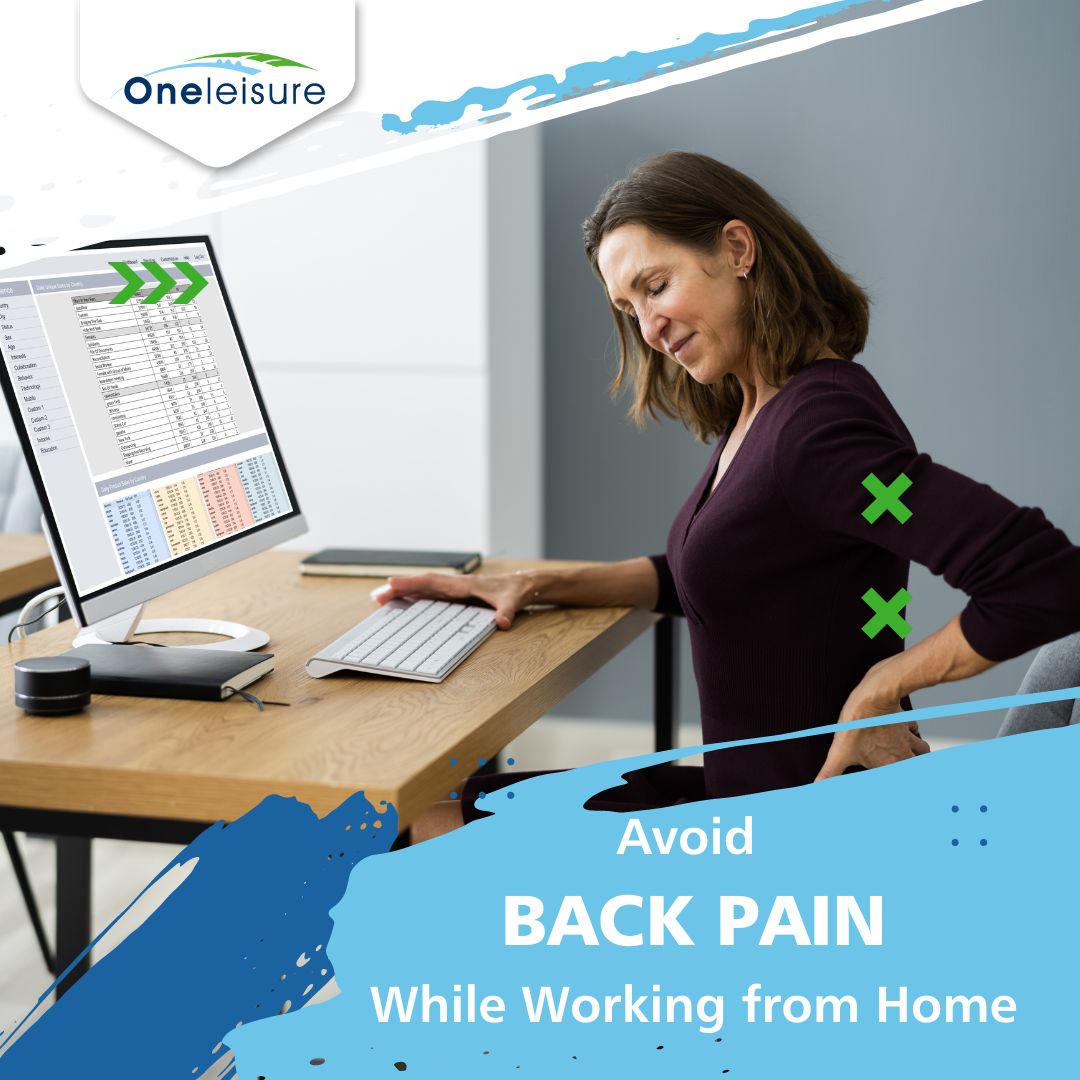
The Best Ways to Avoid Back Pain While Working from Home
With two-thirds of the workforce now working from home, there is growing concern about adopting new practices that promote wellness along with productivity. To maintain spine health while adjusting to this new normal, it's important to stand, stretch, and practice self-care.
"People should seek to include movement into their daily routine with moderate social distancing-approved activities, such as walks around the neighbourhood or climbing stairs," says Steve Knauf, D.C., director of chiropractic and compliance at The Joint Chiropractic. "The risk for lower back pain is increased with sitting for long periods, which compresses the spine 30 percent. If pain persists, a chiropractor can relieve the pressure that occurs to the spine and joints, diverting pain patients out of the medical systems and emergency rooms, easing the pressure on those systems."
Here are a few tips that can keep you out of the doctor's office and feeling well while working from home.
- Properly Position Computer Monitor. Be sure to place your computer monitor at or just below your eye level so you don't look down. If you're on a laptop, it might be beneficial to invest in monitors to enlarge your screen, or at the very least a keyboard so you can type with your shoulders relaxed, as opposed to up by your ears if your laptop is raised.
- Pay Attention to Body Angles. Maintaining certain body angles will help predispose you to better posture, especially if your home office doesn't have ergonomic seating like many workplaces do. Strive for sitting with 90-degree angles at the knee joint, hip joint and elbow joint. It is also helpful to keep your elbows in closer to the body. This means sitting with feet flat on the floor, chair at a height that allows the thighs to be parallel to the floor, shoulders above the hips, forearms parallel to the floor, and wrists resting in a level position.
- Practice Simple Stretching. Over time, muscle tightness can lock into place, creating pain and reducing mobility. As you sit, your hips flex, shoulders hunch, the chest caves, and the head drops forward, shortening and tightening the body's muscles. Try some simple stretches for the upper and lower body, and try to work them in as frequently as possible throughout the day.
- Take Five-Minute Breaks. For each hour you sit, step outside or stand and stretch for five minutes to loosen the muscles. If you need to, set a timer to make sure you get that five-minute break.
- Balance Sitting and Standing Throughout the Day. The obvious solution to excessive sitting is to not sit for such long periods. Simple in theory, but this can be difficult in practice. Try to implement the below three simple steps to start:
- When working at a desk, stand up every 30 minutes. If possible, adjust your workstation to include an adjustable desk to allow work to continue while in the standing position.
- If it is not possible to stand up every 30 minutes, stretch and move the neck and back muscles while in the seated position.
- Try to include movement into the daily routine. Moderate activities such as climbing stairs or walking to get a glass of water can be helpful.
Disclaimer: The content of this page is not intended to be a substitute for professional medical advice, diagnosis or treatment. Always seek the advice of your physician with any questions you may have regarding a medical condition. References are available on request.